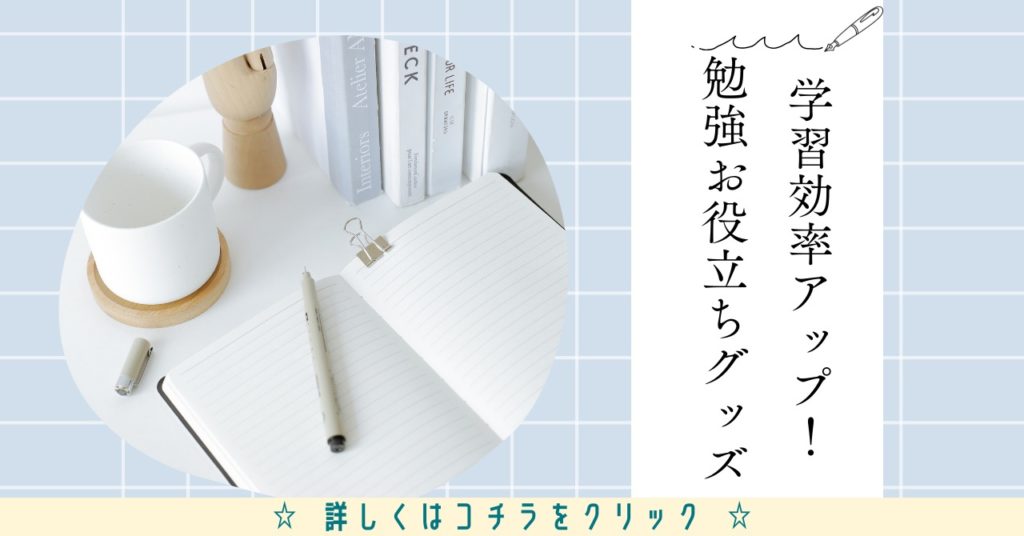啓林館 高1LANDMARK Lesson4 Part2の本文の日本語訳と重要箇所の解説です。
Lesson4-1, 4-3, 4-4の解説はこちらからご覧ください。
>高1LANDMARK Lesson4 Part1 本文和訳
>高1LANDMARK Lesson4 Part3 本文和訳
>高1LANDMARK Lesson4 Part4 本文和訳
- LANDMARK Lesson4 Part2 本文と日本語訳
- LANDMARK Lesson4 Part2 重要事項の解説
- Let’s look at the land features of Yakushima.
- It is a round island, about 500 km2 (square kilometers) in size, and covered with green forest.
- If you compare Yakushima with Tokyo or Osaka, you can understand its size.
- The island has over 40 mountains that are more than 1,000 m (meters) high.
- That is why Yakushima is called “the Alps of the Sea.”
- The climate of Yakushima warm and humid throughout the year.
- The average temperature is 20°C (degrees Celsius) in the coastal areas and 15°C in the central areas.
- However, in winter temperature in the mountaintop areas can fall below zero, and these areas become covered with snow.
- Yakushima has a lot of rain and it is said that “it rains 35 days a month”!
- The annual rainfall is about 4,500 mm (millimeters) in the low-lying areas.
- In the mountain areas, it is about 8,000 to 10,000 mm.
- That is why the humidity is high ― about 73 to 75% on average.
- This climate has created a unique ecosystem on Yakushima.
- LANDMARK Lesson4 Part2 まとめ
LANDMARK Lesson4 Part2 本文と日本語訳
Q1. What are the land features of Yakushima?
「屋久島の土地の特徴は何ですか?」
Q2. What is the climate like on Yakushima?
「屋久島の気候はどのようなものですか?」
Let’s look at the land features of Yakushima.
「屋久島の土地の特徴を見てみましょう。」
It is a round island, about 500 km2 (square kilometers) in size, and covered with green forest.
「屋久島は大きさは約500 km2の円形の島で,緑の森に覆われています。」
If you compare Yakushima with Tokyo or Osaka, you can understand its size.
「もし屋久島を東京や大阪と比較したら,その大きさが理解できると思います。」
The island has over 40 mountains that are more than 1,000 m (meters) high.
「島には1,000m以上の高さの山が40個以上あります。」
That is why Yakushima is called “the Alps of the Sea.”
「そういうわけで,屋久島は『海のアルプス』と呼ばれます。」
The climate of Yakushima warm and humid throughout the year.
「屋久島の気候は年間を通して暖かく湿っています。」
The average temperature is 20°C (degrees Celsius) in the coastal areas and 15°C in the central areas.
「平均気温は沿岸部で20°C,中央部で15°Cです。」
However, in winter temperature in the mountaintop areas can fall below zero, and these areas become covered with snow.
「しかし,冬には山頂部の気温が氷点下まで落ち,これらの場所は雪に覆われることもあります。」
Yakushima has a lot of rain and it is said that “it rains 35 days a month”!
「屋久島は雨が多く,『1ヶ月で35日雨が降る』と言われています!」
The annual rainfall is about 4,500 mm (millimeters) in the low-lying areas.
「低地での年間降雨量は約4,500mmです。」
In the mountain areas, it is about 8,000 to 10,000 mm.
「山地では,年間降雨量は約8,000から10,000mmです。」
That is why the humidity is high ― about 73 to 75% on average.
「そういうわけで,湿度は平均して約73%~75%と高いです。」
This climate has created a unique ecosystem on Yakushima.
「この気候が,屋久島の独特な生態系を生み出しています。」

LANDMARK Lesson4 Part2 重要事項の解説
Let’s look at the land features of Yakushima.
“Let’s 動詞の原形”は「~しましょう」ですね。
同じ意味で“Shall we~?”や“Why don’t we~?”もあるのでセットで覚えましょう!
“land”は「陸地,土地」,“feature”は「特徴」という名詞です。
It is a round island, about 500 km2 (square kilometers) in size, and covered with green forest.
“It”は“Yakushima”を指しています。
“round”は「丸い」という形容詞で,“island”は「島」,“square kilometer”は「平方キロメートル」,“forest”は「森」という名詞になります。
“in size”は「大きさで」といった表現で,“cover”は「を覆う」という動詞です。
“be covered with~”という「受動態」の表現は「~に覆われている」という意味で,非常によく出てくるので必ず覚えましょう!
If you compare Yakushima with Tokyo or Osaka, you can understand its size.
この文は「接続詞if」が使われていますね。
“compare A with B”は「AをBと比較する」という重要表現です。
“understand”は「を理解する」という動詞で,“size”は「大きさ」という名詞になります。
“its”は「その」という所有格の代名詞で,“Yakushima”を指しています。
The island has over 40 mountains that are more than 1,000 m (meters) high.
“over”と“more than~”は「~より多くの」という意味です。
ただし,人口や年月など元の数が大きい場合,つまりその数を含んでいるかが問題でない場合は「~以上」と訳してもOKです。
“that”は「主格の関係代名詞」で,“that are more than 1,000 m (meters) high”が先行詞“over 40 mountains”を修飾しています。
“meter”は「メートル」で“meter high”で「(高さが)~メートル」という意味になります。
That is why Yakushima is called “the Alps of the Sea.”
“That is why~”は「そういうわけで」といった重要表現です。
正確には“That is the reason why~”というように,“the reason”という先行詞が省略されていて,“why”は「関係副詞」になります。
また,この文は「受動態」になっていますね。
“of”は前置詞で,”A of B”の形で「BのA」というように後ろから前に訳します。
The climate of Yakushima warm and humid throughout the year.
“climate”は「気候,天候」という名詞で,“warm”は「暖かい」,“humid”は「湿った」という形容詞になります。
“throughout”は「を通して」という前置詞です。
The average temperature is 20°C (degrees Celsius) in the coastal areas and 15°C in the central areas.
“average”は「平均」,“temperature”は「気温,温度」,“area”は「部分,地域,場所」といった名詞です。
“degree”は「度,程度」という名詞で,“degrees Celsius”は「セ氏温度」といういわゆる日常で使う温度や気温の単位のことです。
“coastal”は「海岸の,沿岸の」,“central”は「中心の」という形容詞ですね。
However, in winter temperature in the mountaintop areas can fall below zero, and these areas become covered with snow.
“however”は「しかし」という意味の副詞になります。
同じ意味で“but”がありますが,こちらは接続詞なので品詞が異なります。“but”は“文A,but 文B”というように,2つの文を繋ぐ際に使います。
“文A. But 文B.”というように,“but”を文の先頭に置いて1文だけで完結させるのは原則NGとなります。
“mountaintop”は「山頂部」という名詞です。“below”は「~の下に」という前置詞で,“below zero”で「氷点下」となります。
“can”はここでは「~の可能性がある」といった推量の助動詞で訳してあげましょう。
“fall”は「落ちる」という動詞,“become covered with~”は“be covered with~”と同じ意味です。
“these”は「これらは(の)」という“this”の複数形ですね。
Yakushima has a lot of rain and it is said that “it rains 35 days a month”!
後半の文は「受動態」になっていますね。
“that”は「接続詞that」で,“it”は“that”以下の内容を指しています。
「年に〇回」など,特定の期間に〇回という表現をする場合は,“回数 a 期間”の形で表します。
「年/月/週/日 に 1/2/3回」=”once/twice/three times a year/month/week/day“
3回目以降は”数字 times”と表現します。
The annual rainfall is about 4,500 mm (millimeters) in the low-lying areas.
“annual”は「年の,年間の」という形容詞で,“rainfall”は「降雨量」という名詞です。
“low-lying area”は「低地」という意味になります。
In the mountain areas, it is about 8,000 to 10,000 mm.
“it”は“The annual rainfall”を指しています。
“A to B”は「AからBへ」といった意味になりますね。
That is why the humidity is high ― about 73 to 75% on average.
“humidity”は「湿度」という名詞です。
“on average”は「平均して」という表現になります。
This climate has created a unique ecosystem on Yakushima.
この文は「現在完了」が使われていて,“creat”は「を生み出す,創る」という動詞ですね。
“unique”は「独特な,珍しい」という形容詞で,“ecosystem”は「生態系」という名詞になります。
LANDMARK Lesson4 Part2 まとめ
以上がLANDMARK Lesson4 Part2の日本語訳となります。
「関係詞」「受動態」などの作り方をしっかり確認しておきましょう!
>高1LANDMARK Lesson4 Part1 本文和訳
>高1LANDMARK Lesson4 Part3 本文和訳
>高1LANDMARK Lesson4 Part4 本文和訳
何か分からない点や他に解説してほしい点があれば,お気軽にコメントしてください!



コメント